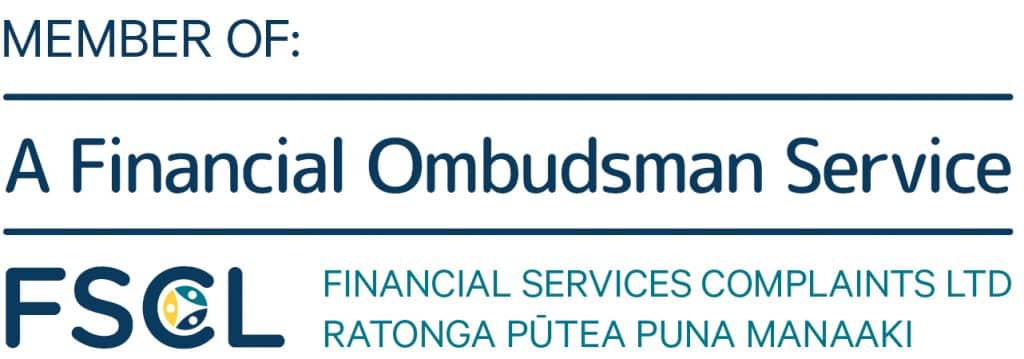By Marcus David
Director of Professional Services
MyChargeBack
Dating sites are popular but risky. People risk not only getting their hearts broken, but new romantic partners may break their finances as well.
Among the other dangers of dating near strangers is the risk of losing savings. This is what happened to a UK-based man who had recently divorced, decided to try to find love again, and ended up losing the equivalent of $128,160 to a bitcoin scam on Tinder.
Tinder: Love Shack of Crypto Scam Paradise?
The crypto scam victim, who we will call Steve, was hit with a double crisis even before he ran across the ruinous scheme. He had recently divorced – a transformative event that can put anyone off-kilter.
Added to that, it was 2020, the beginning of the pandemic, when the world was on lockdown. Although many people lost their jobs and businesses went under, the pandemic era was a boon for crypto scams. For bitcoin romance scams, lockdowns provided a needed excuse to not have to see the other party in person and maintain the facade.
Steve met someone he thought was the ideal woman on Tinder. Although many people realize that love and money don’t mix, the young woman asked Steve if he liked the idea of cryptocurrency investments. Steve wanted to hear more.
She encouraged him to invest in a coronavirus vaccine by purchasing special tokens. Why should Steve have believed her? First off, she said she lived in Norfolk, which wasn’t far away (although she didn’t verify her location). Secondly, she claimed her father was Barclays bank manager. This most likely isn’t true, but Barclays will be part of this story later on.
She managed to encourage Steve to buy tokens in a fake virus investment venture. Steve’s debit card payments were modest at first, amounting to just a few hundred pounds, but they grew quickly to thousands and then tens of thousands. Finally, the total amount was in the six-digit territory.
As happens with all romance scams, as soon as she got the money she was after, the scammer disappeared, leaving Steve without his investment, his money and seriously disappointed that what he thought was a relationship was fakery.
A Bank, an Ombudsman and the Rocky Road to Fund Recovery
The initial realization of loss was difficult for Steve, but nothing compared to the rocky road of fund recovery.
He approached Barclays and filed a complaint that they didn’t alert him about the irregularly high number and amount of debit card transactions. Bank and credit card customers often receive these alerts to stop thieves and hackers in their tracks.
However, how would Barclays’ alerting Steve about transactions he was aware of making help him? The explanation is connected to the process in the UK and some other countries of fund recovery from authorized push payment scams.
What are authorized push payment scams? They happen when people authorize payments under false pretenses only to realize later they were being taken advantage of. In these cases and according to banking regulations in some countries, scam victims are entitled to compensation if the bank didn’t warn them with notifications that the withdrawals were irregular.
Think of it as a warning shot. Perhaps this may have caused Steve to wake up in time, but even if not, the bank’s failure to send these notifications provided Steve with the evidence that the bank was derelict in its duty to warn.
Since Barclays didn’t warn Steve, he felt fund recovery would be more likely in his case. The bank, however, faulted Steve for not doing his own due diligence and for getting involved in the scam in the first place. However, in the end, and after a lot of back and forth, Steve received half the amount that he lost on a “shared blame” basis.
Getting $64,000 back may seem like an acceptable compromise, but Steve feels he was thoroughly taken advantage of and wanted his fund recovery to reflect the severity of the crypto scam. He also consulted an ombudsman, who sent him away, pointing out that he filed the complaint after the six-month deadline.
However, it isn’t over till it’s over. Steve is currently working with the authorities to get a hearing from the ombudsman in spite of missing the deadline. At the same time, he’s still pushing for full recovery from Barclays bank.
Have You Loved and Lost (Cash) in a Romance Scam? Fund Recovery Is Possible
Steve is certainly determined, and we salute his efforts and unwillingness to settle for less than full fund recovery. However, not all countries have the same regulations to protect and compensate customers who authorize transactions.
Often, if you send money to a crypto scam, issuing banks and payment platforms won’t return any money if you authorized the transactions. However, that is more often the case if you go it alone.
In the fund recovery process, it’s important to enlist the aid of experts who can map out a chargeback and fund recovery strategy and can go after the suspected scammers and locate your funds on the blockchain.
With MyChargeBack, there’s no back-and-forth and guesswork dealing with the authorities. Instead, we will streamline the fund recovery process and increase your chances of success. We have the technology to unmask blockchain transactions and uncover your stolen funds.
MyChargeBack Will Help You with Crypto Recovery
If you have lost money to a cryptocurrency scheme, seek fund recovery assistance right away. Consult with MyChargeBack experts and get started with your fund recovery claim. We have extensive knowledge and working relationships with regulators and more than 450 law enforcement agencies around the world, as well as solutions that can improve your prospects of getting your cryptocurrency back.






